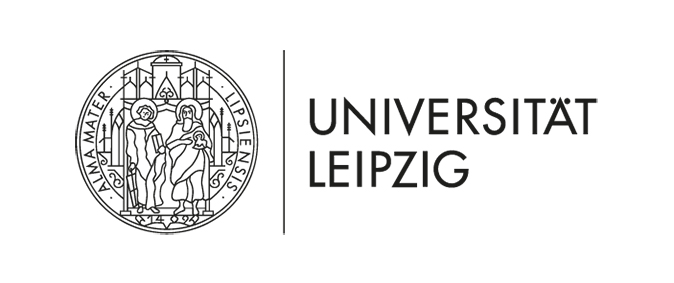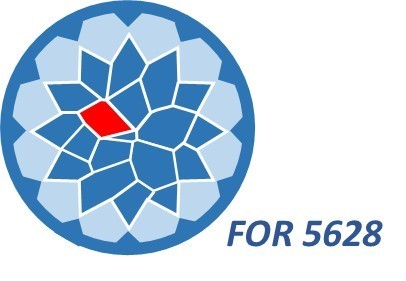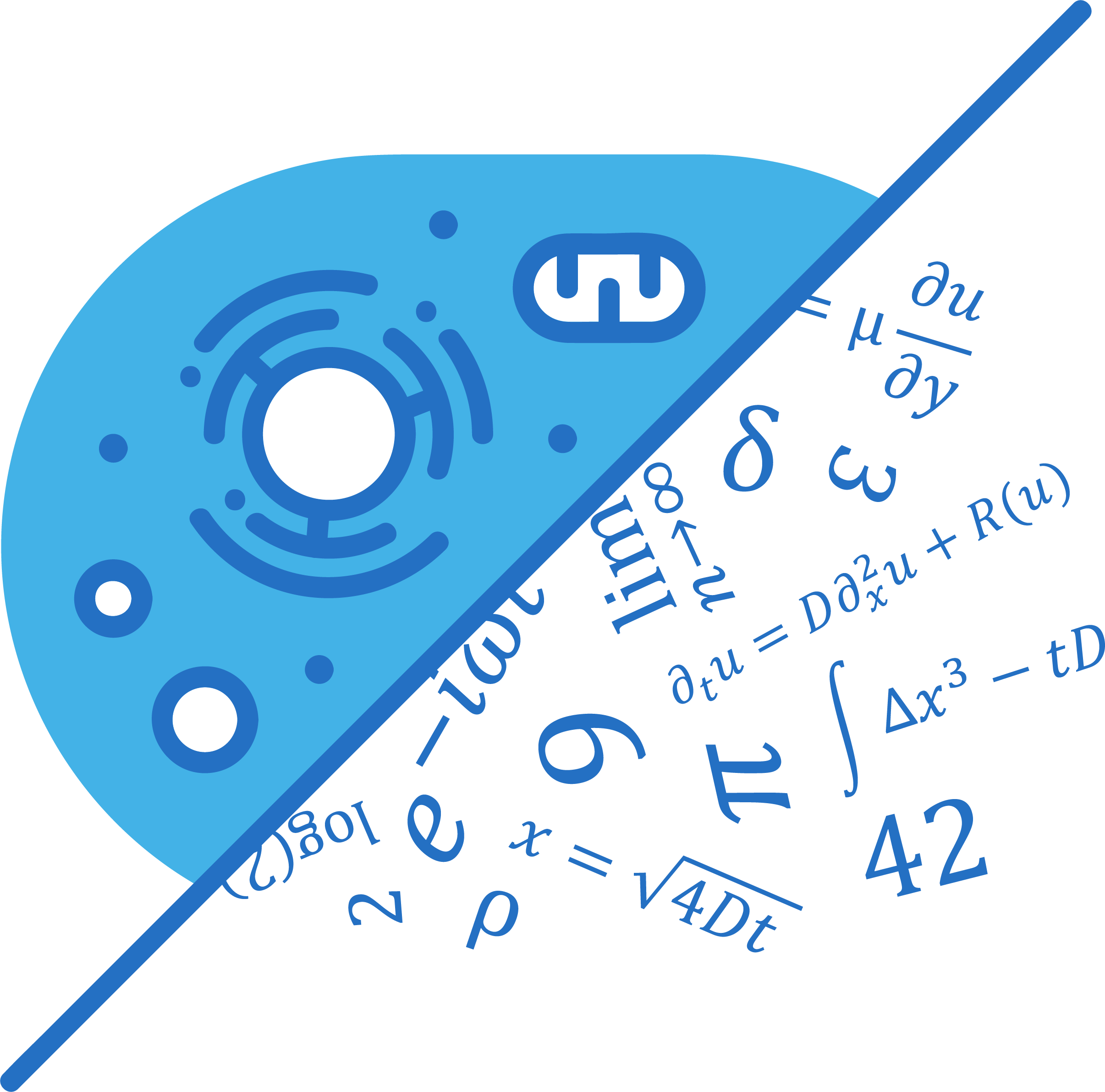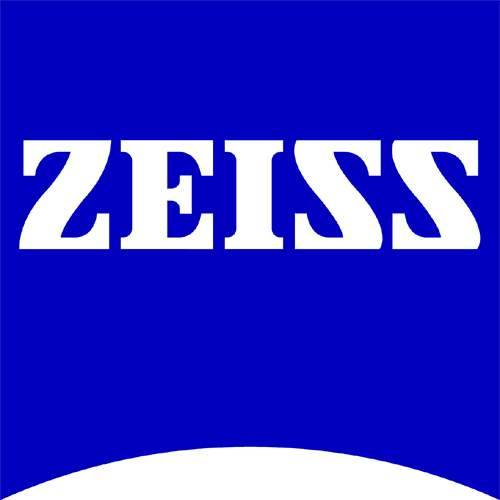|
15th Annual Symposium Physics of Cancer Leipzig, Germany Sept. 30 - Oct. 2, 2024 |
PoC - Physics of Cancer - Annual Symposium | |||||||||||||||
|
|
Poster
Influence of local anesthetics on the mechanical properties of circulating ovarian cancer cells
Contact:
Background: Ovarian cancer is a very heterogenous disease, typically treated with surgical resection and chemotherapy. Prognosis is bad due to treatment resistance and high levels of recurrence. The risk of seeding new micro-metastasis by shedding circulating tumor cells (CTCs) is increased during the peri-operative period due to inflammatory signaling events leading to immunosuppression. The use of local anesthetics (LA) is not only a well-established part of the peri-operative anesthesia regimen. LA were shown to have anti-inflammatory properties and to affect membrane proteins, hence these substances might be an option to counteract the metastatic cascade in malignant cells. Here, we used the optical stretcher (OS), to measure the mechanical behavior of two histologically different ovarian cancer cell lines, treated with different concentrations of LA.
Methods: We used the epithelial cell lines OVCAR3, derived from high grade serous ovarian carcinoma and SKOV3 which originated from an ovarian (serous) adenocarcinoma and showed higher tumorigenicity, faster migration and invasion. Using the OS, we measured active and passive mechanical resistance of SKOV3 and OVCAR3 cells in suspension at 875mW laser power, while mimicking the conditions of the blood stream. Further, the mechanical properties of the cells were determined after 30 min treatment with the LA ropivacaine and lidocaine, respectively, at clinically relevant concentrations ranging from 1nM to 100µM. Negative controls (NC) using saline solution only were included. All treatment experiments and measurements were performed in triplicates. Results: An average of 1000 cells per condition across three experiments of the SKOV3 cells showed a decreased elliptic deformation (0.01) when treated with low ropivacaine concentrations from 1nM to 100nM compared to the NC (0.015). Using 1µM to 100µM, however, the elliptic deformation was increased (0.025) indicating that the cells appear to become softer at the µM range. The median elasticity coefficient, a parameter for the ratio of stress to strain, increased significantly from 32.16 at the NC to 34.79 at 1nM ropivacaine treatment (p=0.0031). OVCAR3 were measured under the same conditions and appeared to behaved vice versa. They had an increased elliptic deformation (0.014) after ropivacaine treatment at low concentrations from 1nM to 100 nM compared to the NC (0.01). At higher concentrations from 1 µM to 100 µM, however, the elliptic deformation was decreased (0.006) indicating that OVCAR3 cells might become stiffer at the µM range. The median elasticity coefficient increased from 42.49 at the NC to 46.97(p=0.0717) under treatment with 100 µm Ropivacaine. Preliminary results treating OVCAR3 cells with lidocaine indicated increased ellipitic deformation at all concentrations whereas the median elasticity was increased in the µM range compared to the NC implying cell stiffening, however the experiments with OVCAR3 did not reach statistical significance (p>0.05). Conclusion & Outlook: Our experiments revealed contradictive results based on the LA and ovarian cancer cell type used. However, physical parameters appear to indicate a well-defined reaction to the LA treatment. Decreased deformation and cell stiffening might be associated with decreased cell migration and less invasive behavior, which might counteract metastasis. More experiments using lidocaine will be performed. Ultimately, mechanical properties of CTCs collected from ovarian cancer patients undergoing surgery (under LA treatment) will be analyzed. |









